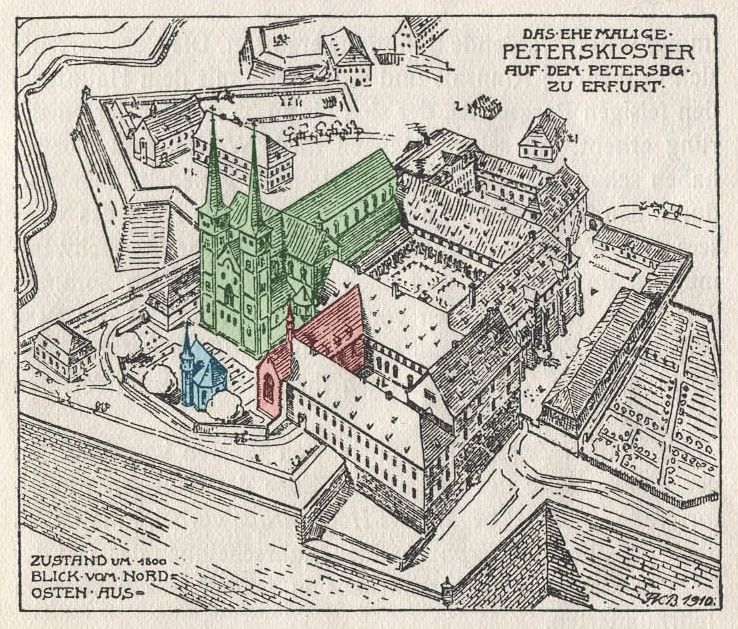A group of European nobles during a land dispute fell into a cesspit
The sewage systems of latrines in Europe throughout the Middle Ages were far from being comfortable like private toilets in modern times. Latrines were made in whatever spare space could be found in medieval times, using the most basic approach of all: digging a hole or pit and letting the waste fall into it.
The latrine would usually extend outward from the structure’s outside walls. This was particularly prevalent in castles. The waste hole could then be situated just over the lawns or moats that surround the structure. However, because the drainage system was designed to dump outside, the latrines were rarely cleaned. As a result, it wasn’t rare that people drowned in toilets.
As explained here, the 1184 Erfurt latrine incident is a bizarre and tragic episode. The muddled historical account talks of an aristocratic meeting gone wrong when nobles drowned in poop inside a cathedral in modern-day Germany.
The episode, called Erfurter Latrinensturz in German happened when the Archbishop of Mainz (aka Conrad of Wittelsbach) and Ludwig III (called the Landgrave of Thuringia) disputed in July 1184 over land control.
Erfurt is a German city that dates back to the 8th century and was once part of the Holy Roman Empire. The city’s history is inextricably linked to the famed Petersberg Citadel.
Erfurt was ruled by the Hohenstaufen dynasty’s King Heinrich VI (also known as King Henry VI) during that time. In the Middle Ages, he was one of the German monarchs who ruled over the region. It was a time of enormous political instability, fueled by continual power struggles between feudal nobility and Roman Catholic Church religious authorities.
Conrad of Wittelsbach, Archbishop of Mainz (also known as Conrad I), and Ludwig III, Landgrave of Thuringia, were involved in one such conflict. It’s unknown what sparked the battle, but it was almost certainly over a land dispute or land control.
Whatever the issue, King Heinrich VI is thought to have sought to put an end to the rivalry between the two men. He convened a conference with a number of the region’s nobility and high-ranking officials as he traveled through the territory. During the negotiations, some may have been expected to act as mediators.
The majority believe the meeting took place on one of St. Peter’s Church’s floors, but other accounts indicate it took place elsewhere. In any case, no one could have foretold the events of that day.
The floor collapsed, probably due to the weight of the armor and chainmail worn by those gathered. As a result, 60-100 individuals drowned in monk dung and pee, with some ‘lucky’ enough to perish from collapsing structures. Ludwig, whose feud with the archbishop had dominated the discussion, had only survived by chance.
Curiously Heinrich, as if it were a foreshadowing, was famous for using the phrase: “if I fail, so may I die in excrement”.
Meanwhile, the king and archbishop had retreated to a far corner of the chamber to discuss the current political crisis. Both were able to hang on to the iron rails of a window until they were rescued though.
Anyway, it’s difficult to establish if the rich noblemen who died in the Erfurt toilet tragedy died from the fall or from suffocation in the filthy pool they fell into.
The historical impact would have been huge if King Heinrich and some of the other aristocracy had died that day. King Heinrich took over the Roman Empire after his father Frederick I embarked on a crusade to the Holy Land on Easter in 1189. Eventually, he would put down an uprising led by Henry the Lion, Duke of Bavaria, and Saxony, whose titles were later stripped away.

